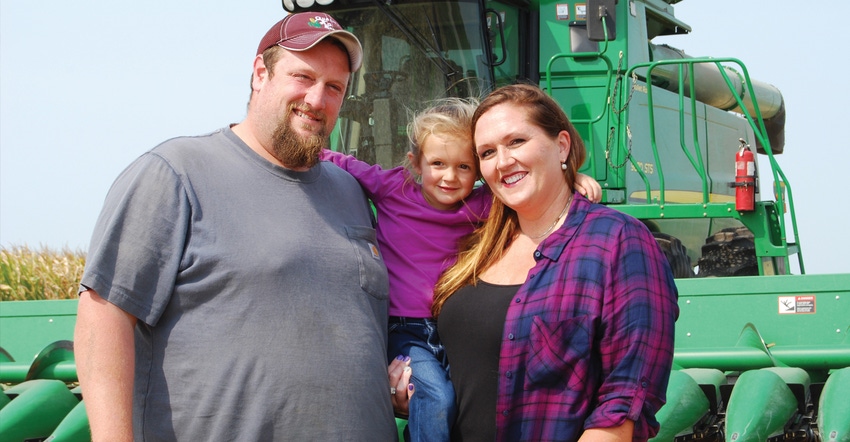October 12, 2017

Recent Farm Futures survey responses revealed several real-life moves farmers are making right now that can improve the bottom line — for the 2018 season or beyond.
In parts one and two we shared some of those ideas, from refinancing to lower costs, to buying propane now to lock in better prices. Here are two more that are worth a look. Watch for this series online for more.
Shop and compare for input deals
Loyalty to the local co-op, private elevator or feed store is a farm tradition. But tighter production budgets present the need to shop around and negotiate for better prices for seed, fertilizer, fuel and other products and services.
Ottumwa, Iowa, farmers David Rogers and son Jason jumped in and got their 2018 nitrogen needs booked earlier this summer. “I typically pre-purchase my seed from one seed dealer,” Jason says. “I pre-purchase chemicals and fertilizer based on when my wholesale supplier tells me it’s time to lock in some product. He uses my volume to help with pre-purchasing his inventory to supply others.”
David notes that early purchases this summer enabled them to lock in anhydrous ammonia at $100 to $200 per ton below what they paid in 2017, with potential for further price negotiation. “The company also provided us with a toolbar to use in applying anhydrous,” he adds.
With early fertilizer, seed and other input buys, “costs have been as much as 20% lower than I would pay elsewhere,” says Jason. “Also, by knowing my breakeven sooner, in some cases I’m able to make longer-term land leases work out better.”
Suppliers also benefit from early sales, even if prices are lower. “It helps your suppliers know that when they have an opportunity to lock in a great price on something, they already have an outlet for a portion of that product,” Jason says.
“Pre-purchasing and negotiating prices is only going to work if all parties understand what’s needed to make it work. Pre-purchasing is similar to pre-selling part of a crop. You never hit the high or the low, but if your average profit is better, then it’s worth the time.”
Take consistent soil samples
You can’t manage what you don’t measure. Detailed soil tests dictate how much nitrogen, phosphorus, potassium and other nutrients you’ll really need. Just as important is a soil test program that’s consistent from one year to the next, says Ray Ward of Ward Laboratories, Kearney, Neb.
“I tell farmers the best time to take soil samples is when you have time, and at the same time each year,” says Ward, known as a soil fertility guru in conservation tillage circles. “There’s usually a period when you have free time. If it’s the spring, that’s fine; or fall, that’s fine. We want to track fertility, and that’s the most consistent way to do it.”
He compares soil test results to a fuel tank. “Use the soil test as a gauge,” Ward says. “If the soil is full of nutrients, you don’t need any more, just like a full fuel tank.”
Those testing in the fall following harvest can know right away how many nutrients remain after that year’s crop. “If you have N left over, that means you put too much on,” Ward says, noting that P, K and zinc likely won’t vary that much.
He feels more farmers are soil-testing now than five years ago. “I don’t have a good percentage on how many are testing, but people are trying to do a better job,” he says.
“One problem is people selling you fertilizer have an income based on what they sell,” he says. “Then there are environmentalists who say you don’t need any. A soil test should be conducted by unbiased people.”
A typical soil test is about $20, depending on the details. If you’re taking tests from an 80-acre field, that’s about 25 cents per acre. “That’s not bad in my book,” says Ward. “Just make sure it’s done on a consistent basis, just like when you consistently plant corn.”
About the Author(s)
You May Also Like




